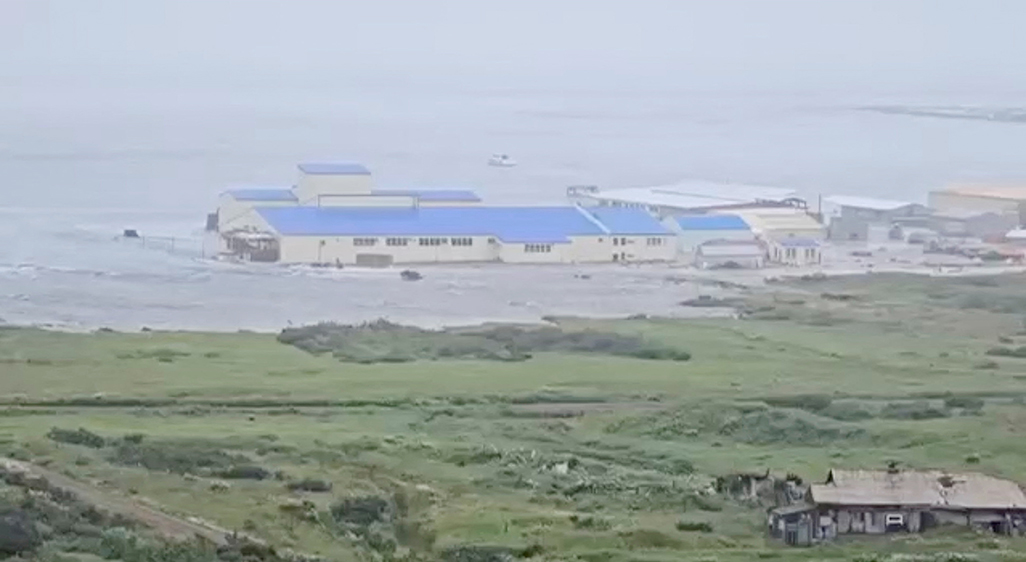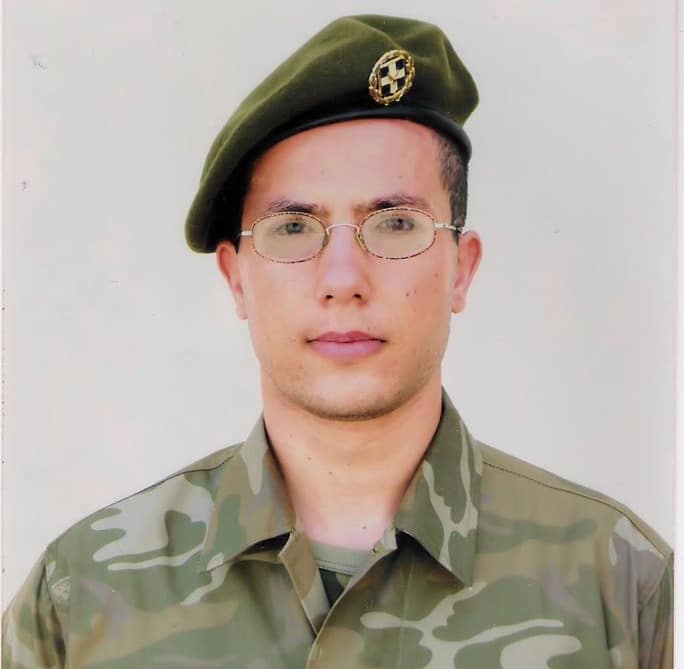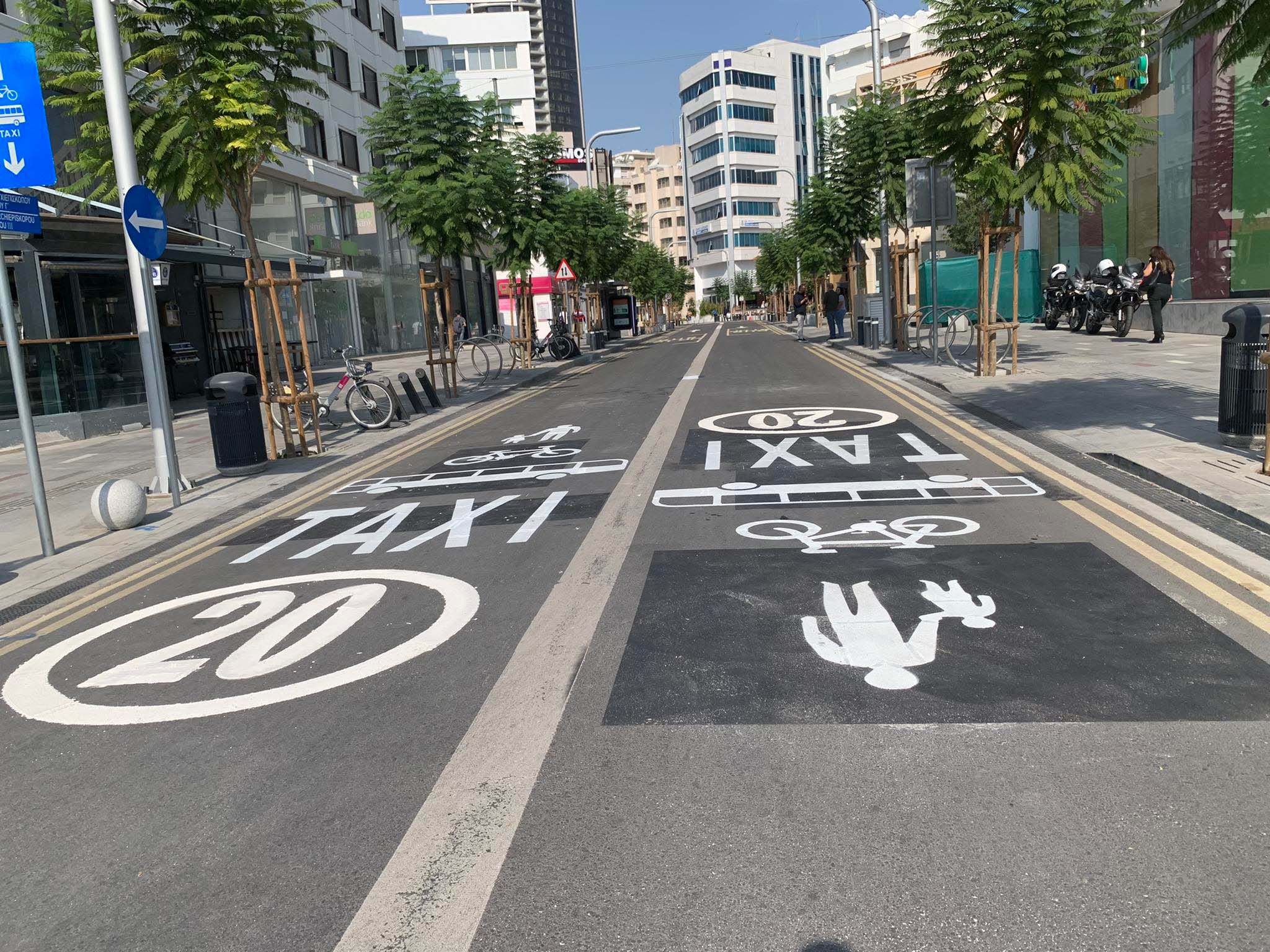Largest quake in region since 1952, Russian science academy says
A very powerful magnitude 8.8 earthquake off Russia’s Far Eastern Kamchatka coast on Wednesday triggered tsunami warnings as far away as French Polynesia and Chile, and was followed by an eruption of the most active volcano on the peninsula.
The shallow quake damaged buildings and injured several people in the remote Russian region, while much of Japan’s eastern seaboard – devastated by a 9.0 magnitude earthquake and tsunami in 2011 – was ordered to evacuate, as were parts of Hawaii.
By the evening, Japan, Hawaii and Russia had downgraded most tsunami warnings. But authorities in French Polynesia warned residents of several of the remote Marquesas Islands to move to higher ground and expect waves as high as 2.5 metres (8 feet).
Tsunami waves began hitting the Marquesas on Wednesday but were forecast to be smaller than initially feared, local authorities said.
Some initial wave surges were reported on Nuku Hiva, the largest of the Marquesas, about 1,400 km northeast of Tahiti, and between five to 10 additional waves were expected in the coming hours, the high commission said.
Russian scientists said the quake in Kamchatka was the most powerful to hit the region since 1952. The U.S. Geological Survey said it was shallow, at a depth of 19.3 km (12 miles), and centred 119 km (74 miles) east-southeast of Petropavlovsk-Kamchatsky, a city of 165,000.
“It felt like the walls could collapse any moment. The shaking lasted continuously for at least three minutes,” said Yaroslav, 25, in the city.
Kremlin spokesman Dmitry Peskov said there had been no casualties in Russia, crediting solid building construction and the smooth operation of alert systems.
In Severo-Kurilsk in the northern Kuril Islands, tsunami waves exceeded 3 metres, with the largest up to 5 metres, Russia’s RIA news agency reported. A quake of magnitude 6.07 later struck the Kuril Islands that lie between Kamchatka and northern Japan, the German Research Center for Geosciences said.
Tsunami waves partially flooded the port and a fish processing plant in the town, sweeping vessels from moorings, regional officials and Russia’s emergency ministry said. Verified drone footage showed the town’s entire shoreline submerged, with taller buildings and some storage facilities surrounded by water.
The Klyuchevskoy volcano on Russia’s Kamchatka Peninsula began erupting later, a geological monitoring service said. Located around 450 km (280 miles) north of the regional capital, Petropavlovsk-Kamchatsky, Klyuchevskoy is one of the highest volcanoes in the world.
“A descent of burning hot lava is observed on the western slope. Powerful glow above the volcano, explosions,” the Russian Academy of Sciences’ United Geophysical Service said on Telegram.
13-Foot Tsunami Waves Slam Kamchatka After 8.7 Quake; Pacific-Wide Warnings Issued, Evacuations Urged..
— Chris from Massachusetts AKA TommyboyTrader (@autumnsdad1) July 30, 2025
Prayers for all as this looks like an extremely dangerous situation..🙏🙏🙏
pic.twitter.com/lg9vXcQ5yE
Hawaii recorded waves of up to 1.7 metres while in Japan the largest recorded came to 1.3 metres, officials said.
Flights out of Honolulu airport resumed in the evening, the transportation department said.
Waves of nearly half a metre were observed as far away as California, with smaller ones reaching Canada’s province of British Columbia. But a tsunami advisory was cancelled for coastal British Columbia as well as coastal areas of south Alaska.
In French Polynesia, waves hit some islands in the early morning hours. In other parts, wave heights were expected to remain below 30 cm, not requiring evacuation or sheltering.
While the Marquesas are high-rising volcanic islands, much of French Polynesia consists of low-lying atolls.
Authorities in Ecuador’s Galapagos Islands, some 970 km (600 miles) off South America’s western coast, ordered precautionary evacuations to safe zones.
Tsunami alarms sounded in coastal towns across Japan’s Pacific coast and evacuation orders were issued for tens of thousands of people.
Workers evacuated the stricken Fukushima nuclear plant, where a meltdown following the 2011 tsunami caused a radioactive disaster, operator TEPCO said.
Chief Cabinet Secretary Yoshimasa Hayashi said no injuries or damage had been reported, and there were no irregularities at any nuclear plants.
Kamchatka and Russia’s Far East sit on the Pacific Ring of Fire, a geologically active region that is prone to earthquakes and volcanic eruptions. The quake occurred on what is known as a “megathrust fault” where the denser Pacific Plate is sliding underneath the lighter North American Plate, according to scientists.
The Pacific Plate has been on the move, making the Kamchatka Peninsula off Russia’s Far East coast especially vulnerable, and bigger aftershocks could not be ruled out, they said.
Video footage from the region’s health ministry showed a team of medics in Petropavlovsk-Kamchatsky performing surgery as the quake shook their operating theatre. The medics used their hands to try to steady both the patient and their equipment, CCTV footage released by the Kamchatka region’s health ministry showed.









Click here to change your cookie preferences